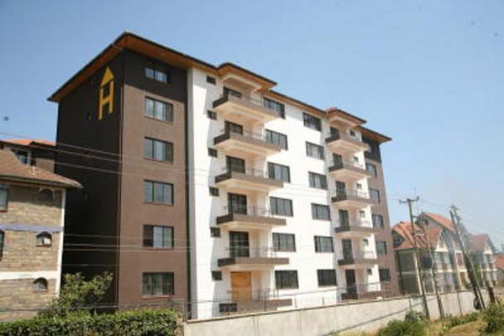
Kenya’s property market is the third most developed in sub-Saharan Africa behind Namibia and South Africa. In Kenya, real estate is seriously overvalued, thanks to high housing demand in the face of an acute shortage. The average price for an apartment in Nairobi is currently Sh11.58 million, up from Sh5.2 million in December 2005. There is no home on the formal market selling below Sh2 million.
Last year, the Central Bank of Kenya and the World Bank released a report showing that over 90 per cent of Kenyans cannot afford to buy a house even with the aid of mortgage loans. The report also revealed that only eight per cent can afford a mortgage.